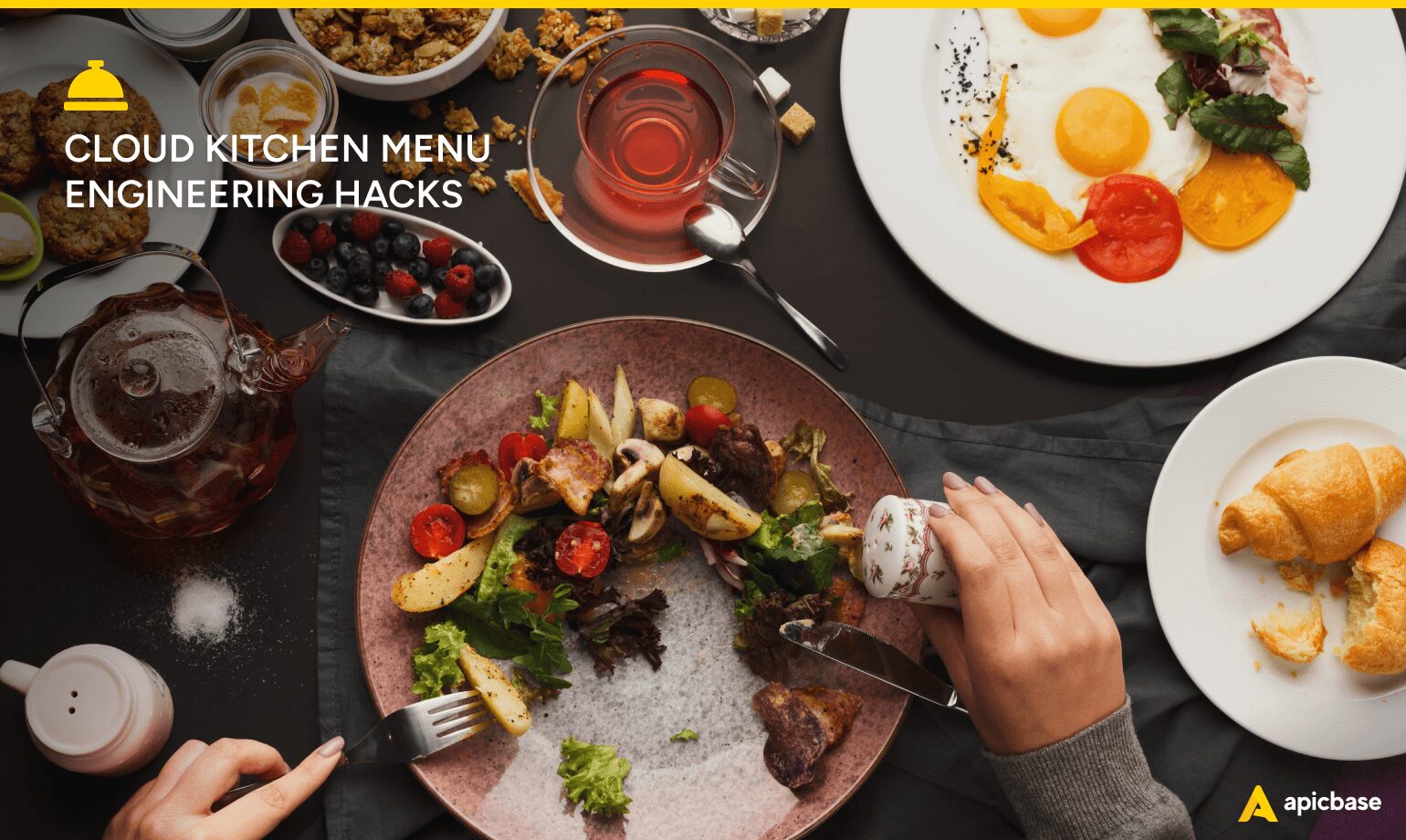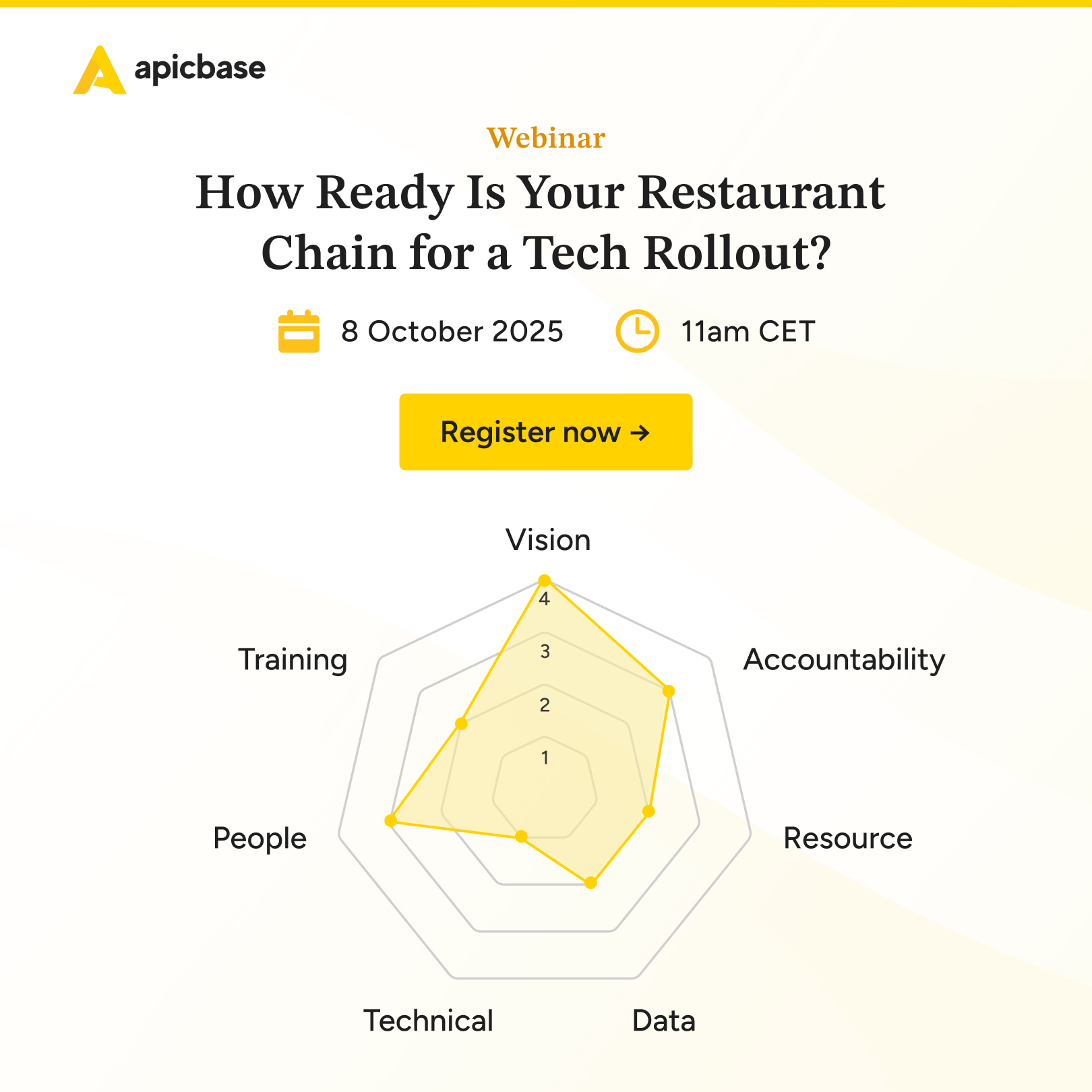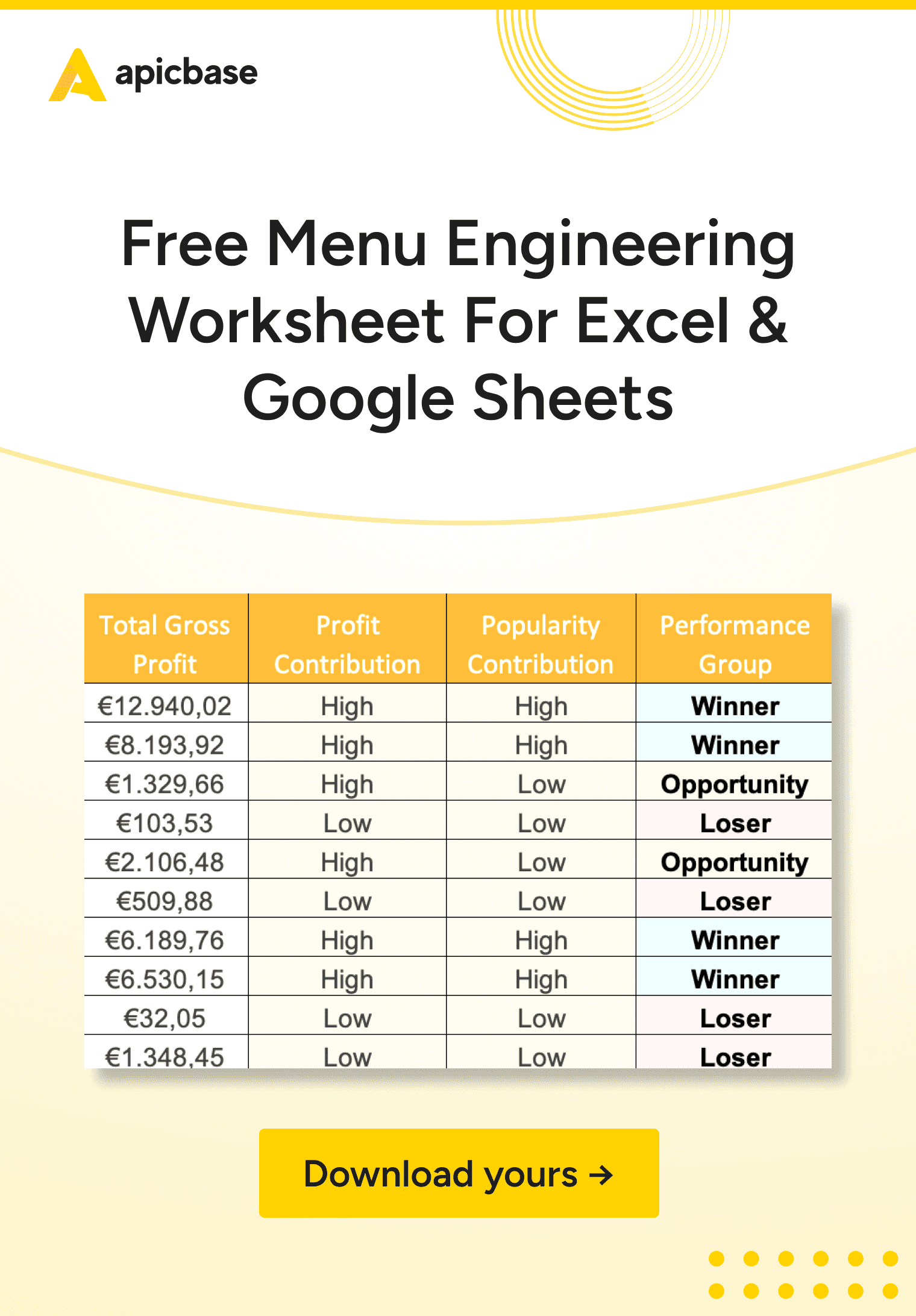While I briefly mention menu engineering for cloud kitchens in other articles, I don’t really drill into it.
It is an injustice begging to be righted.
That’s why, in this post, I’m all about cloud kitchen menu design and delivery.
Here’s the rundown of what you’ll take away from here:
- how to design a simple delivery menu (and spot your menu’s cash cows)
- why enough choices is good — but too many choices is bad
- how to leverage similar concepts to get more sales (and lower food costs)
- why professional, mouth-watering photos are your ticket to success
- how food packaging, next to menu engineering, can make or break a ghost kitchen
- why operators who ignore in-app labels are basically ignoring money on the table
- how highlighting (sometimes as simple as an image border) can drive orders
- why your words — next to your pictures — are your most potent sales guns
If, after reading this, you want to take things a step further and evaluate operations, I highly recommend my top ghost kitchen best practices (<— It’s packed with business-building gems for operators like you).
But for now, let’s dig into optimising menus for delivery.

1. Design Simple Delivery Menus (& Study What Works)
Look, you can probably make a mean beef bourguignon blindfolded… but that still doesn’t mean it should feature on your delivery menu.
It’s complicated. It’s expensive. And it’s not something that people order out.
When menu engineering for a ghost kitchen, you take a different lane. A faster, leaner lane… and you focus on these three things:
- the dishes are easy to make — they can be done fast and at scale;
- everything on the menu travels well when correctly packaged;
- the ingredients used are a staple for a lot of different cuisines (see #3).
Expect hiccups, too. Successful delivery menus are not built overnight.
That’s where robust datasets come in.
You need a system in place that spits out business-making insights so you can evaluate the state of your menus at a glance.
- Superstars — the items that are both profitable and popular.
- Plough horses — very popular but only slightly profitable.
- Duds — also called dogs… not profitable and not popular.
- Puzzles — profitable but not very popular (usually a great opportunity).
Once you have these insights, menu-focused decision-making becomes a lot easier.
Does this mean you’ll have to get rid of all your menu duds? Not really. Some of them will stay because… well, they’re the concept.
Others will stay because they cater to important customer groups (vegans, low-carbs, kids).
But at least you’ll know the ‘why’ behind them.
Getting proficient with menu engineering for ghost kitchens is especially important because of the nature of the business. When you have to scale, downsize your operation, or pivot, most of your high-impact decisions will have to do with your menu.
Such decisions shouldn’t be played by the ear.

[Free Download] Menu Engineering Worksheet
Don’t start from scratch. Download a ready-made menu engineering worksheet with formulas. Automate your menu calculations. Create profitable menus and identify opportunities, losers, workhorses and winners among your recipes.
2. Give Customers Just Enough Choices
I’m not sure what’s worse…
… having three dishes on your menu…
… or having 30 of them all vying for attention.
Actually, I do — having 30 dishes is worse because they’ll drag you under faster.
You see, the thing about choices is that we all think we need plenty of them when, in fact, we don’t. Netflix is a prime example of this.
You sit. You scroll. You scroll. You scroll!
And you end up going to bed without actually watching anything.
When it comes to your delivery menu, don’t let an overload of choices drive your customers away. In this case, more is not better.
Leaner is better.
Trimmed is better.
Focused is better.
An 8-item delivery menu is easy to manage, cheap to offer, and a breeze to prepare.
Oh, and let’s not forget — a tighter, more focused menu can actually lead to an increase in sales (because, finally, you’re getting pretty darn good at making something).
You’ll be able to reach more potential customers while keeping your overall food cost low.
3. Offer More Than One Food Concept (But Be Smart About It)
Managing several different virtual restaurant brands means that your menu engineering will become a bit more challenging.
But…
It also means that, if you’re smart about it, you can reach more potential customers while keeping your overall food cost relatively low.
Consider the following scenario.
You open your ghost kitchen and immediately set up three virtual concepts: Italian Fusion Delight, Cro Island Foodies, and Greek Bites. They’re all semi-hits in your area — you didn’t really break the restaurant biz in your area, but they’re all working out awesome for you.
But even if the orders weren’t flying in left and right, you’d still be in a good spot here.
Why?
Because you’re keeping your costs low…
… you’re using the same ingredients for all those brands (tomatoes, peppers, cheese, jamon, olives, olive oil, and a couple of more)…
… you’re buying them all in bulk which means you’re getting a better deal (at least, you should be getting a better deal).
… you’re not wasting as much because you always need tomatoes.
That’s the awesome power of grouping your concepts. It safeguards your bottom line.
4. Take Instagram-Breaking Food Photos (Without Pro Equipment)
Quality food photos make a huge impact on third-party orders.
Look here… what’s more appetising? This:
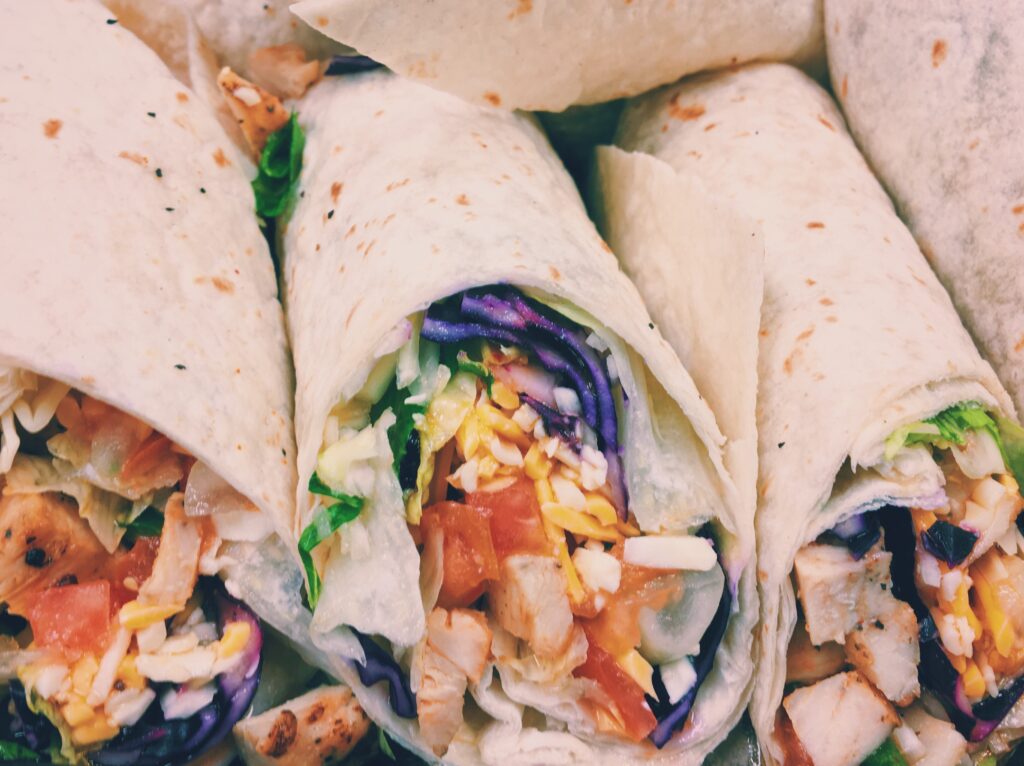
Or this:
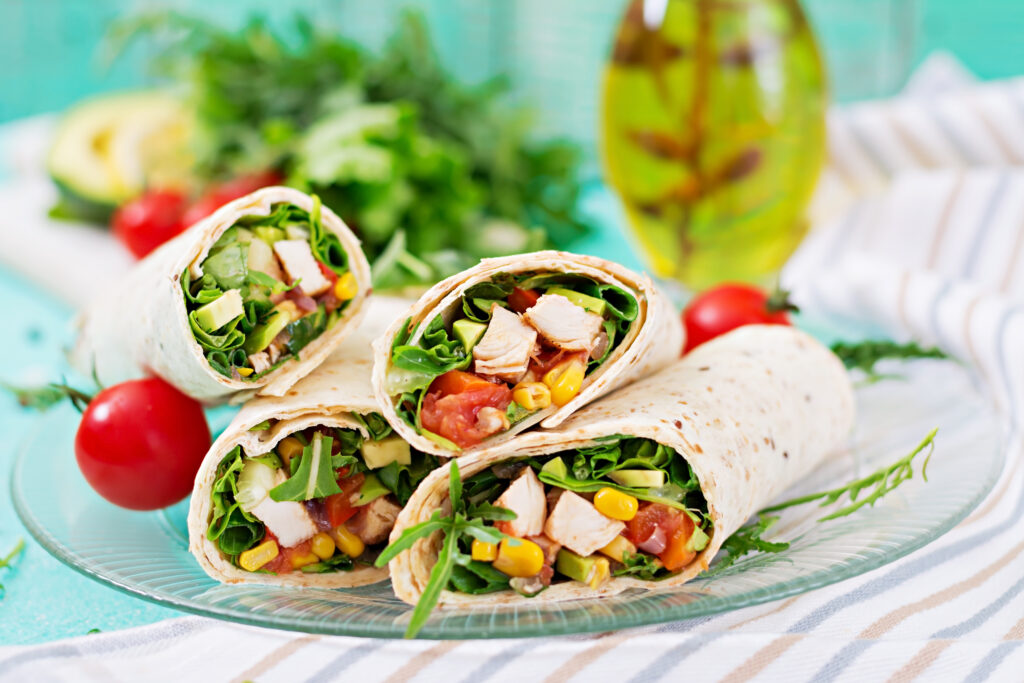
According to GrubHub, that impact goes up to a 30% increase in sales in some cases — Deliveroo is more conservative, putting the increase at around 6.5%.
But even if the increase is ‘just’ 6.5%, that’s nothing to scoff at.
Let’s say you do $ 5,000-worth of third-party orders per day. An increase of 6.5% is $ 325 more daily. That’s $ 9,750 in a month.
Half of that is the pure profit you’re letting go just because you couldn’t be bothered to snap a few photos. And that’s assuming the lowest projected increase in sales.
You don’t have to be a professional photographer to leverage the power of mouth-watering food porn. All you need to do is follow these three pieces of advice:
- Set expectations your food can live up to — photos should get as close as they can to what the food will look like when delivered. Ditch elaborate plating in favour of loose food presentation (on a serving board, for example) so that the focus stays on the food.
- Think about lighting, composition, and editing — invest a few hours of your time in some basic photography tutorials. Brush up on lightning (never use flash on food); shoot from eye level or the bird’s eye view, and edit photos to boost colour warmth, sharpness, and brightness.
- Inject a bit of soul and branding into your photos — you can use non-food elements to make your photos pop. For example, a branded serving board. A carefully placed beverage. Scattered ingredients. All this can help you stand out in a sea of options.
5. Package Your Food Like Santa’s Elf On Steroids
You know what’s the #1 beef that most customers have with food delivery?
It’s not the taste. It’s not the quality.
It’s the packaging.
There’s nothing worse than famishedly waiting for your order to get in, and then opening the bag to find it all squished. Or stone cold. Or upside down.
Here are 5 tips that will help you avoid this scenario (and keep your customers happy):
- limit your delivery radius — if you have that option (for example, UberEats allows you to choose the radius if you’re running your own deliveries). If not, think long and hard on whether you want to serve an item that doesn’t travel well long-distance.
- use the right containers— pack things tightly to avoid spillage (soups in glass jars, complex dishes in containers with separators, and similar). If you use recyclable materials, all the better — this is already becoming a major consideration for consumers.
- separate the sauces — and, while you’re at it, separate cold items from hot/warm items. This way, the food will hold on to its integrity and consistency.
- show how food is delivered — if you follow my above advice, you’ll have stunning photos of your food… plated. But that’s not how the customer will receive it, right? To set expectations, make sure you share what every dish looks like when packed for delivery.
- find a way to keep dishes on temp & avoid sogginess — piercing holes in containers. Double-packing hot dishes. Adding an empty ‘mixing’ container to the package. There’s a lot you can do to improve your customer’s delivery experience. Go that extra mile.
6. Leverage Dish Categorisation for More Exposure
Open up an aggregator app right now (Deliveroo, Wolt, UberEats), and take a quick look at the front page.
What do you notice?
Labels… lots and lots of labels.
These apps categorise restaurants to help customers navigate and make their choice. They categorise them by meal type — breakfast, lunch, dinner. And by cuisine — Lebanese, Italian, or Portuguese. And by dietary preferences — vegetarian, vegan, or gluten-free.
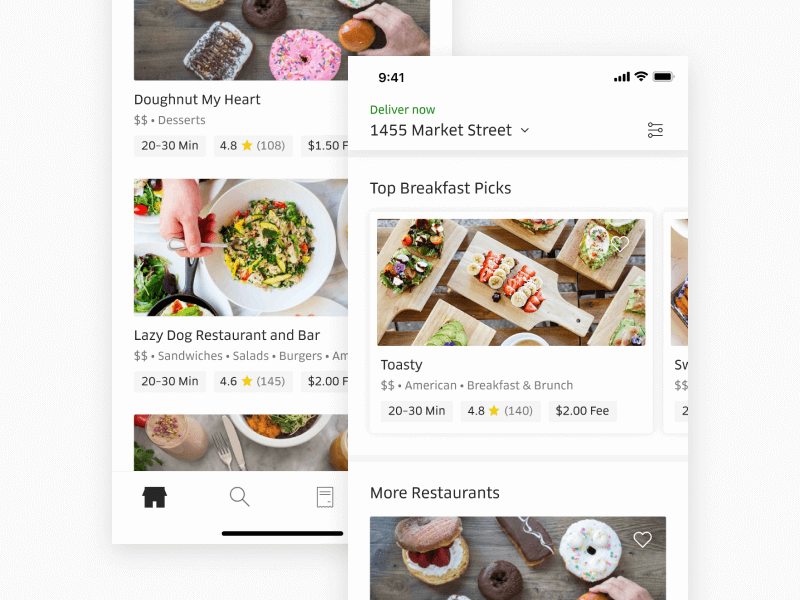
Why do they do this?
Apps do this because the people behind them know human nature. We need our processes to be quick and easy… or we might change our minds.
And that’s exactly why you want to leverage this feature.
Add labels to your dishes (where applicable) to increase your chances of being shown in the various parts of the app. Or to be shown during a specific timeframe. Or to a specific segment of the aggregator’s customer base.
The more space you take up, the likelier it is that you’ll get an order.
7. Highlight the Items You Want Your Customers to Pick
Apart from categorisation, there’s one more way to make certain items stand out in a delivery app. I’m talking about adding small, eye-catching tweaks to the photos.
This is especially useful for those items you’ve classified as puzzles (profitable but not popular). Drawing extra attention to them through some of the techniques listed below can increase their appeal.
For example, take a look at the photo below:

Nothing really stands out, right?
But what if we added a green border around one of the pizza photos? With a little doodle of a crown in the top corner? And a 3% discount in red stamped down below?

Now that pizza is super noticeable (admittedly, the image is never going to win a design award but it’s still a winner!).
You see, an endless carousel of food porn is just that… an endless carousel of food porn. Unprompted, people scrolling through it are going to pick whatever they want. Or leave.
But, when you add a border… or a graphic element… or a discount… all of a sudden, something jumps out at them. It makes them take notice. First of the pattern interrupt, and then of the dish.
Often, that’s all you need to make a sale.
8. Focus On Your Words…
… because you don’t have all that many of them at your disposal.
All aggregator apps will cap the number of characters you can use to describe your dish. They have volumes and load times to think about.
That’s why you should name your dishes descriptively. After all, if a well-written dish description can increase sales by up to 30 per cent, a catchy name can also make a difference.
So instead of listing something as Red beans & peppers soup, how about you name it Grandpa’s Horned & Spicy Soup. It’s catchy… it’s curiosity-invoking… it’s a bit silly, too — but you get my drift.
Oh, and a side note on that whole pricing business…
Which of these looks more palatable?
Burger GBP £12.00
or…
Royal Burger (Local Veal) £ 12.95
It’s the second one, right? Even if it is more expensive.
So make sure that those mouth-watering and fascinating descriptions work hand in hand with psychological pricing. And don’t be afraid to price up — a 95-cent increase will help you offset some of the delivery costs while looking like a better deal to the consumer.
Dial-In Your Cloud Kitchen Menu Engineering With Insights
The sooner you get cracking on optimising your dark kitchen menu, the better.
This won’t be a super speedy process. And that’s okay.
But if you start planning, implementing, and keeping track of your restaurant metrics today, you can have an optimised offering that adds thousands to your bottom line before the quarter is out.
Apicbase helps you to improve sales with timely and actionable insights into your menu engineering efforts, food cost calculations, and menu pricing.
Why not schedule a free demo?
You’ll quickly see why thousands of operators worldwide rely on our business-building expertise.
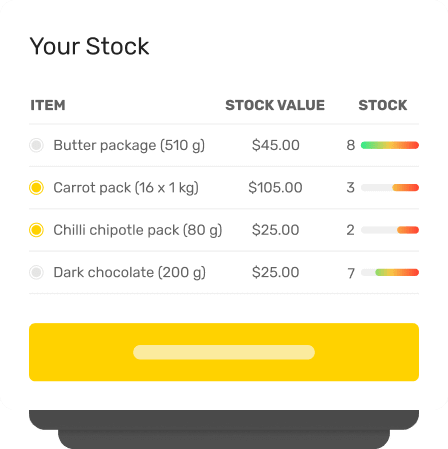
Let Data Drive Your Ghost Kitchen Network
Tell us about your goals and we’ll help you get there.

